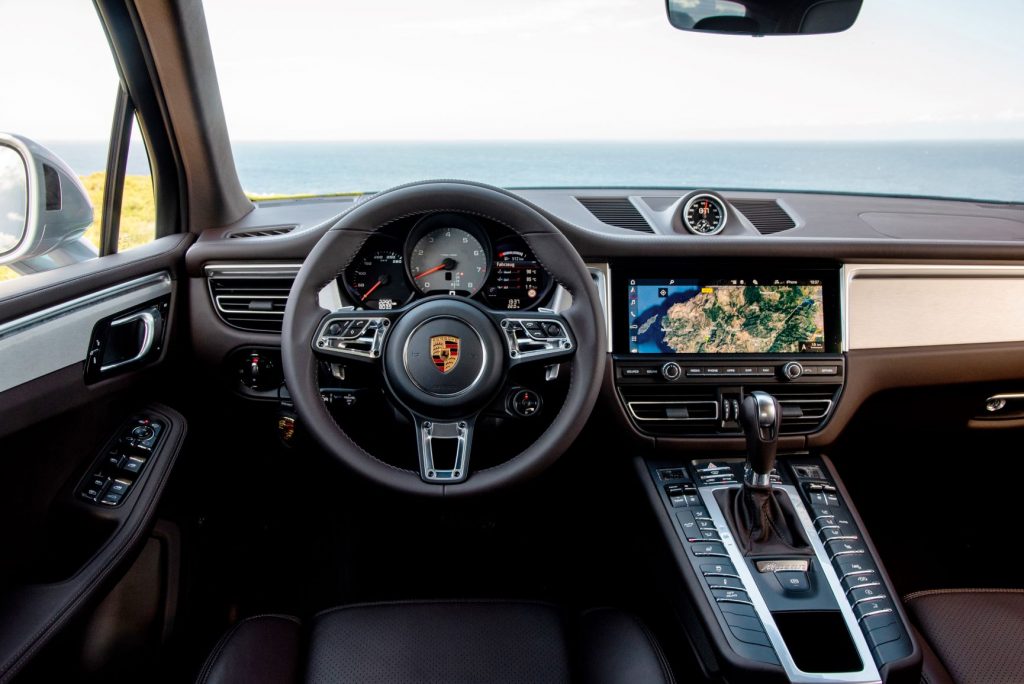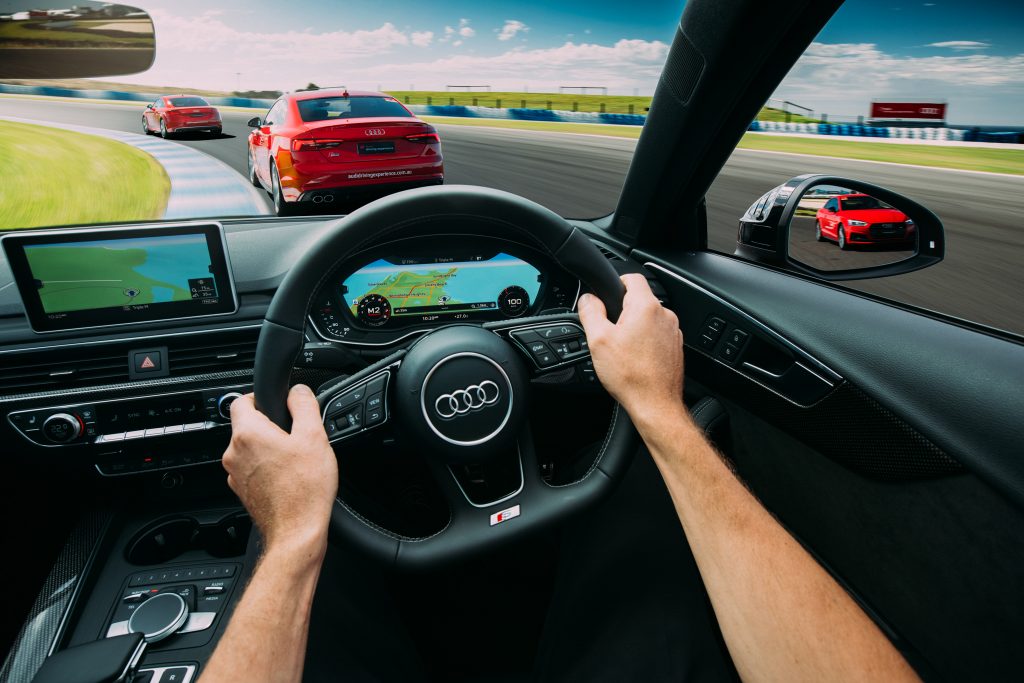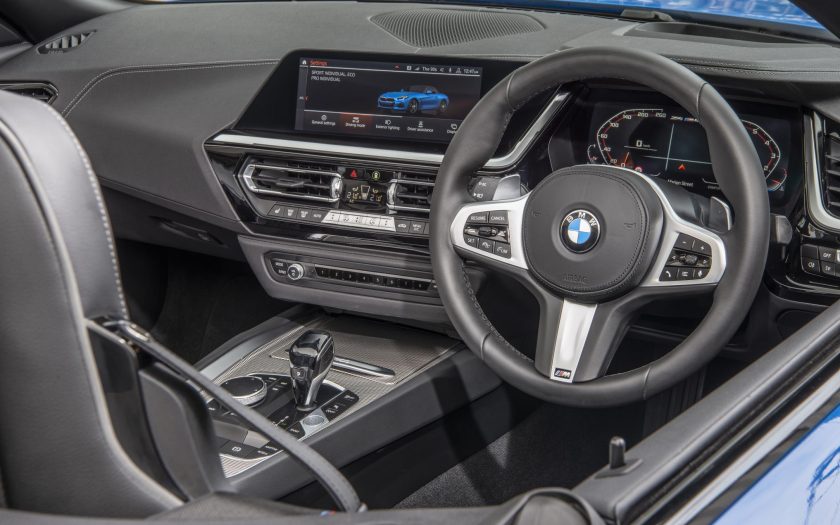CONFIRMING WHAT WE’VE been saying for some time, a recent study by What Car? in the UK has identified the most distracting in-car infotainment systems.
While the manufacturers continue to insist that in-car systems are designed to reduce distraction while driving, we beg to differ.
Twenty different in-car systems were tested that encompass the majority of the different types of infotainment systems and dashboard layouts on offer in the latest new cars. What Car?’s testers performed six tasks that drivers frequently do while on the move, including changing the temperature, zooming out on a set sat-nav route and changing from one radio station to another, with each action timed.
Distracted driving accounted for 15 percent of all road accidents in 2018, compared to 13 percent in 2016 and 14 percent in 2017 (UK figures), according to Department for Transport data. We’d go so far as to suggest those numbers are very much on the low side. In fatal collisions, distracted driving was a contributory factor in 25 percent of incidents. Every second spent looking away can be dangerous, as a vehicle moving at 60km/h will travel almost 17m every second.

The research demonstrates that systems with physical buttons are much less distracting to use on the move than those that can only be altered using a touchscreen. We at seniordriveraus have been receiving plenty of feedback from our readers that confirms that drivers much prefer simpler controls, and we’ve been passing it on to manufacturers who just don’t want to listen.
It took twice as long to adjust heating controls on some cars with touchscreen controls rather than physical dials. And it took up to four times longer to zoom out of the sat-nav map to view a pre-programmed route using a touchscreen than it did using a rotary dial controller. The easiest systems for adjusting the sat-nav map were Audi’s Virtual Cockpit Plus and BMW’s iDrive, while the most fiddly was the Lexus 12.3in multimedia display. Regular readers will recall that we never fail to complain about the Lexus control system, and especially the touchscreen on the console.
The tests also highlighted the benefits of having a range of different ways of doing a task, so the driver can choose the most convenient for each situation. The best systems let you use physical buttons, the touchscreen or voice control to do a wide range of commands.
Using a sophisticated voice control system is the least distracting way of doing many tasks. The systems in the Audi, BMW and Mercedes-Benz all recognise natural speech, so you can activate them by talking and then ask them to carry out your desired task and hardly take your eyes off the road at all. However, not all voice control systems are as intuitive or fast to respond; What Car?’s testers were looking away from the road for more than twice as long in cars with the worst systems.

Steve Huntingford, editor of What Car?, said: “Distracted drivers are a factor in a growing number of road accidents, so it’s important to choose a car with controls that are responsive and easy to use while you drive. The best systems provide physical buttons and voice control, while those that are most distracting have sluggish touchscreens and require too many steps to carry out commands.”
The following list details in-car control systems from best to worst. The score on the right is out of 30. Not all the vehicles listed are on sale in Australia.
